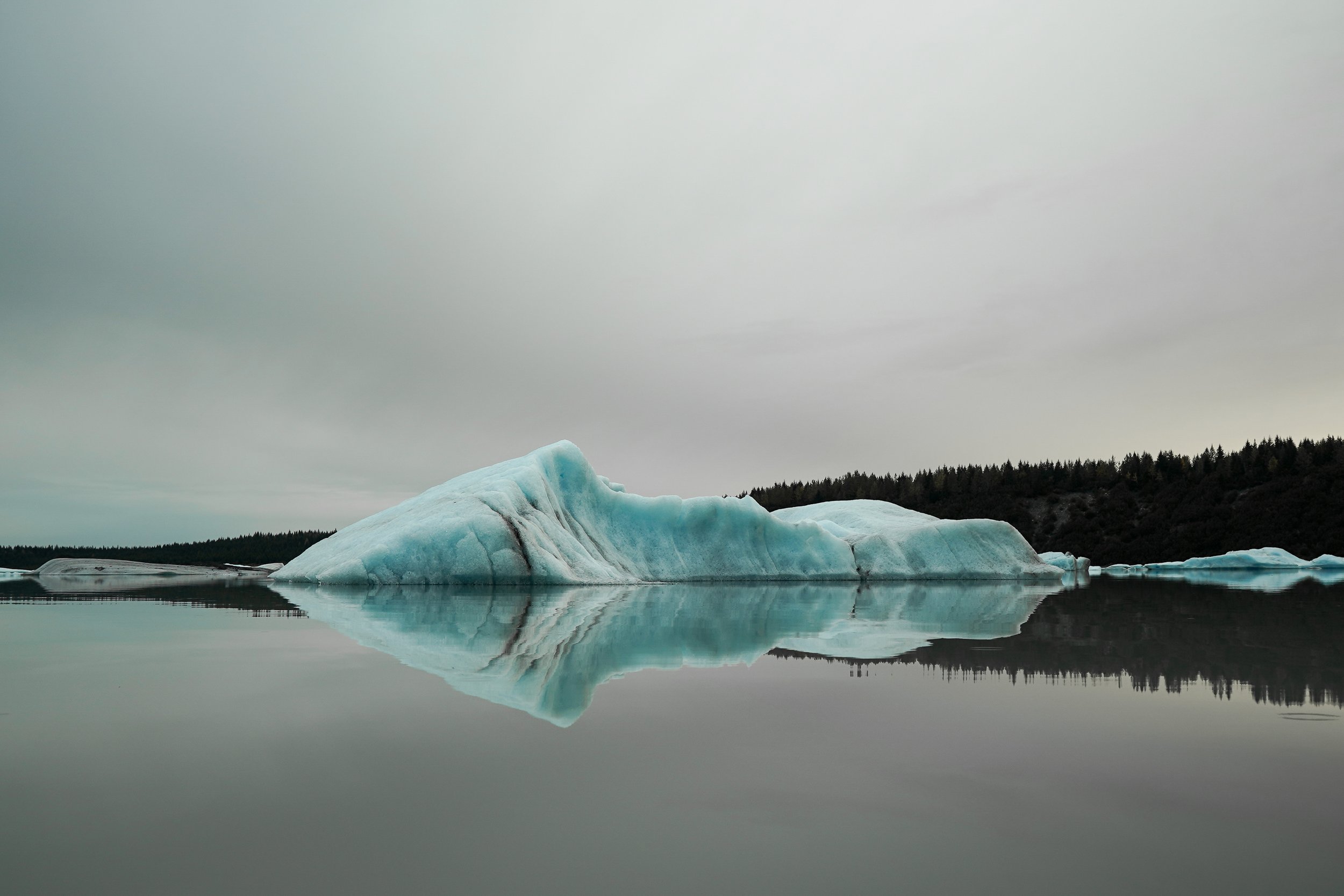

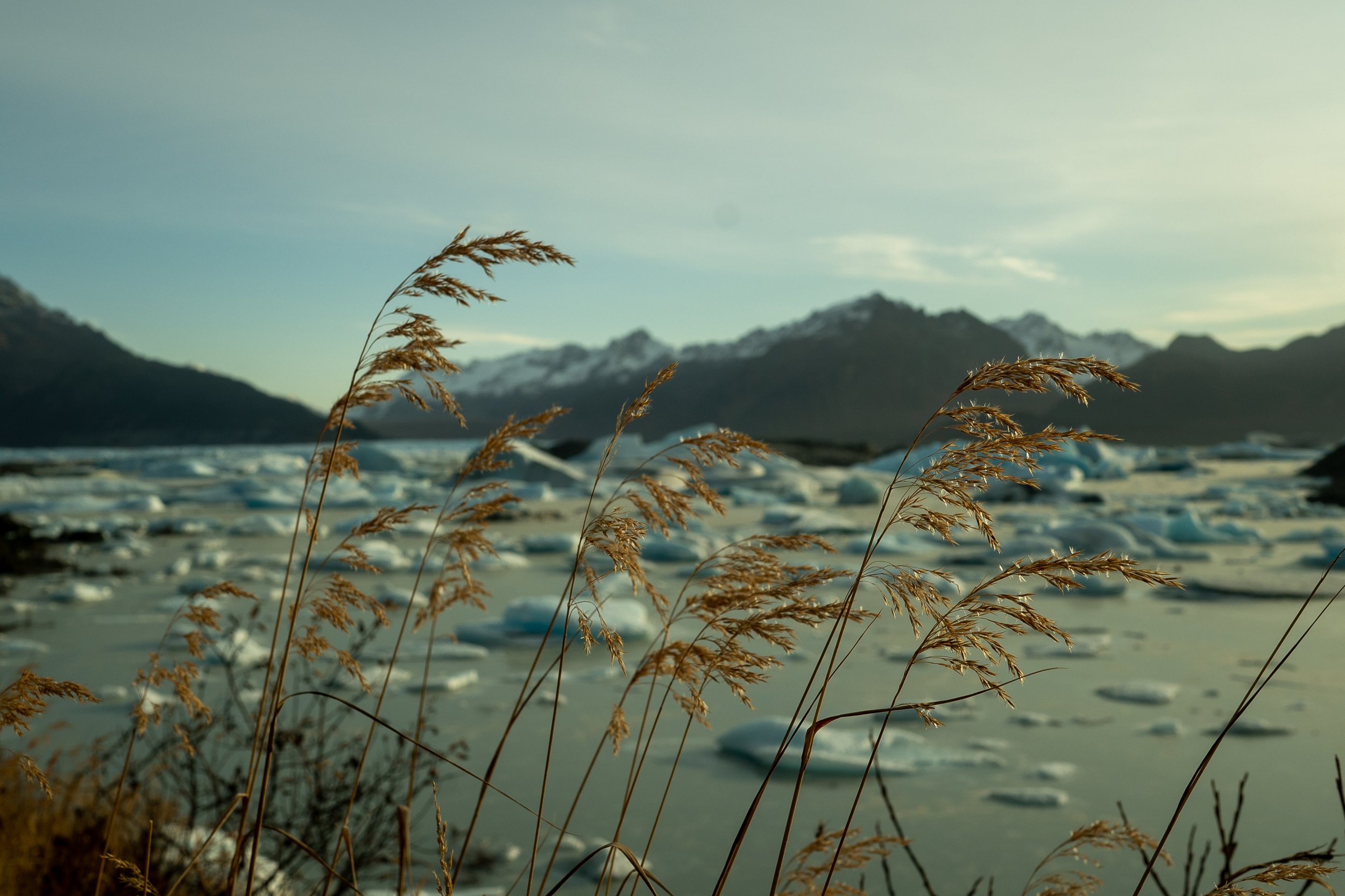

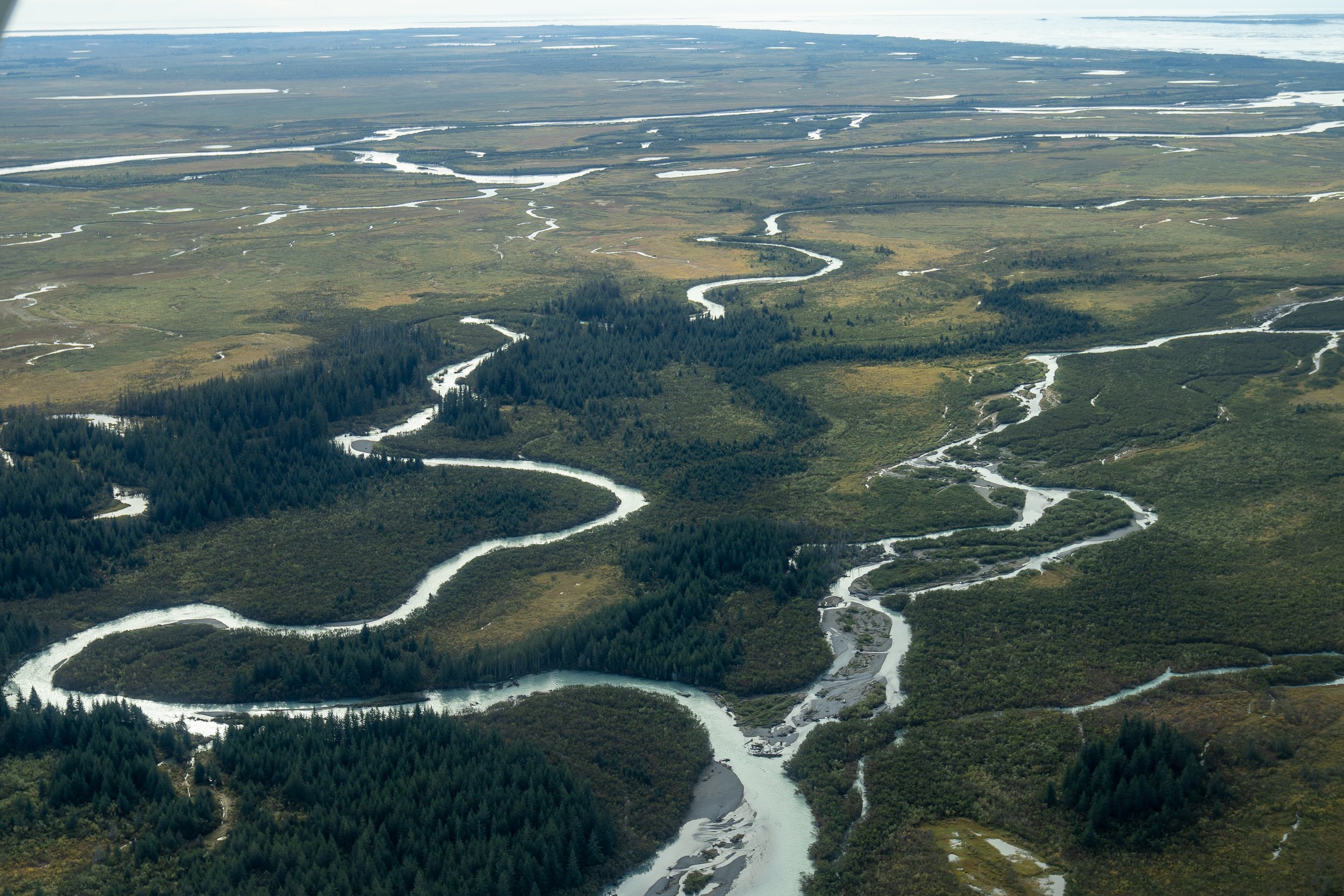

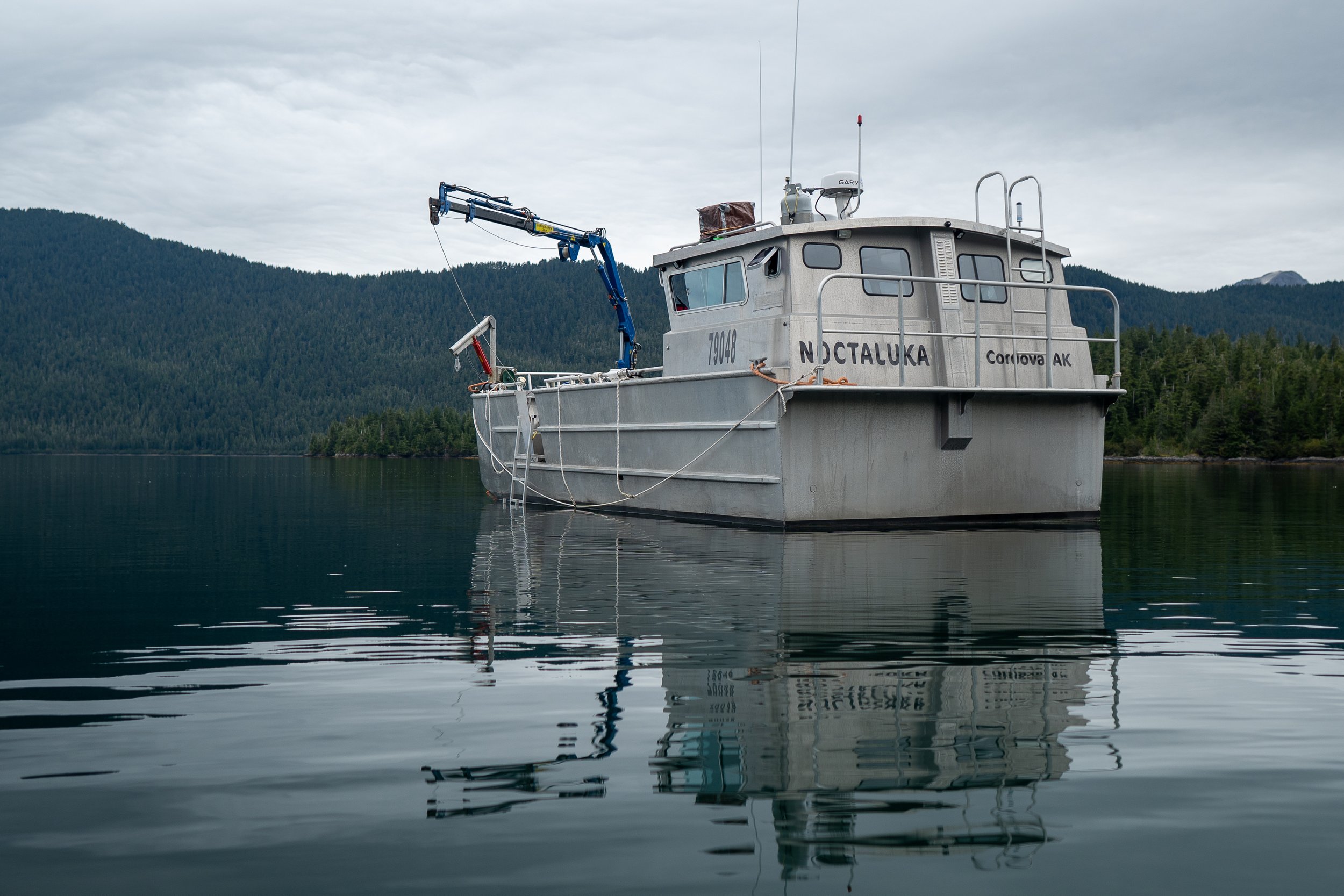
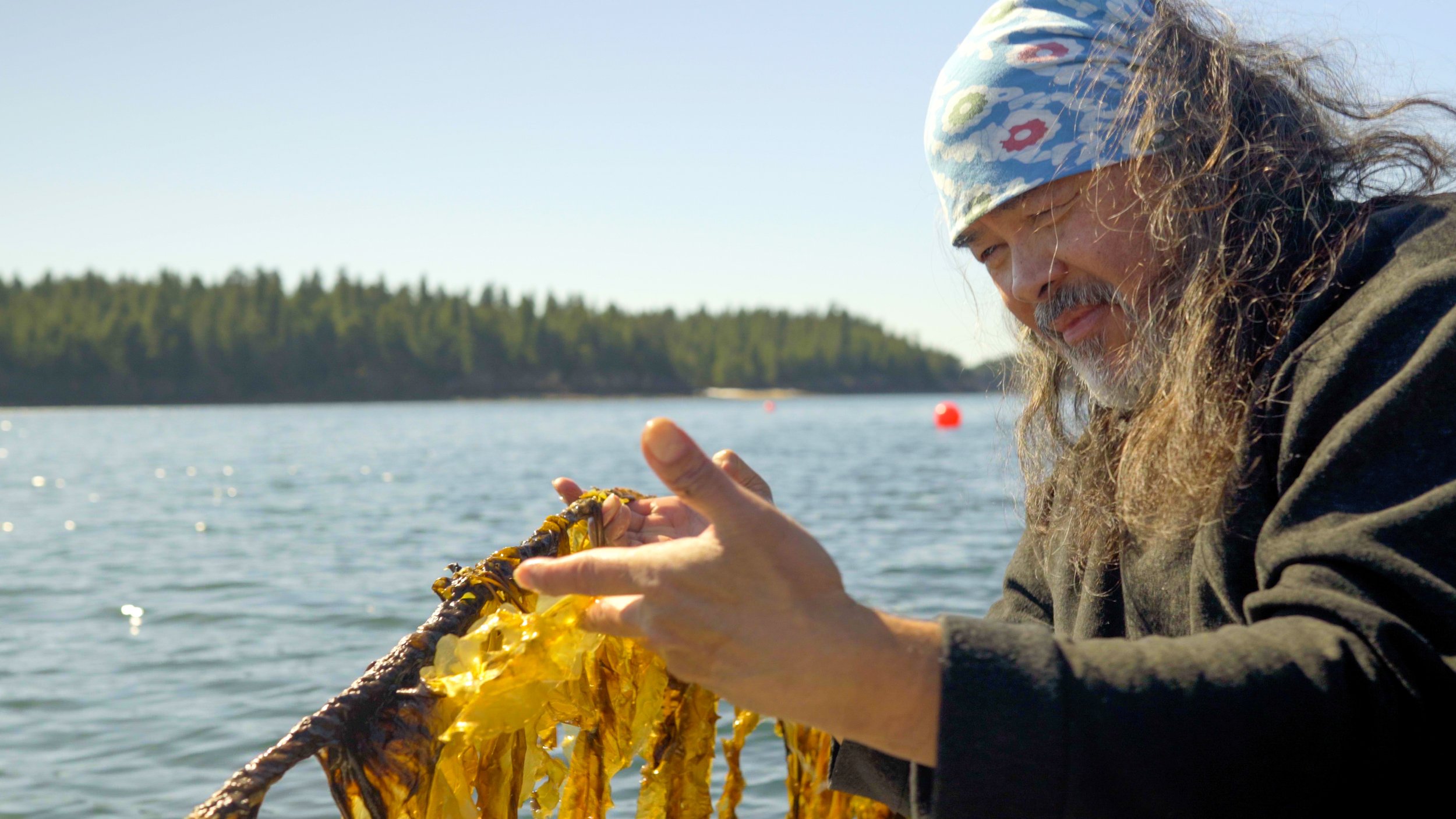
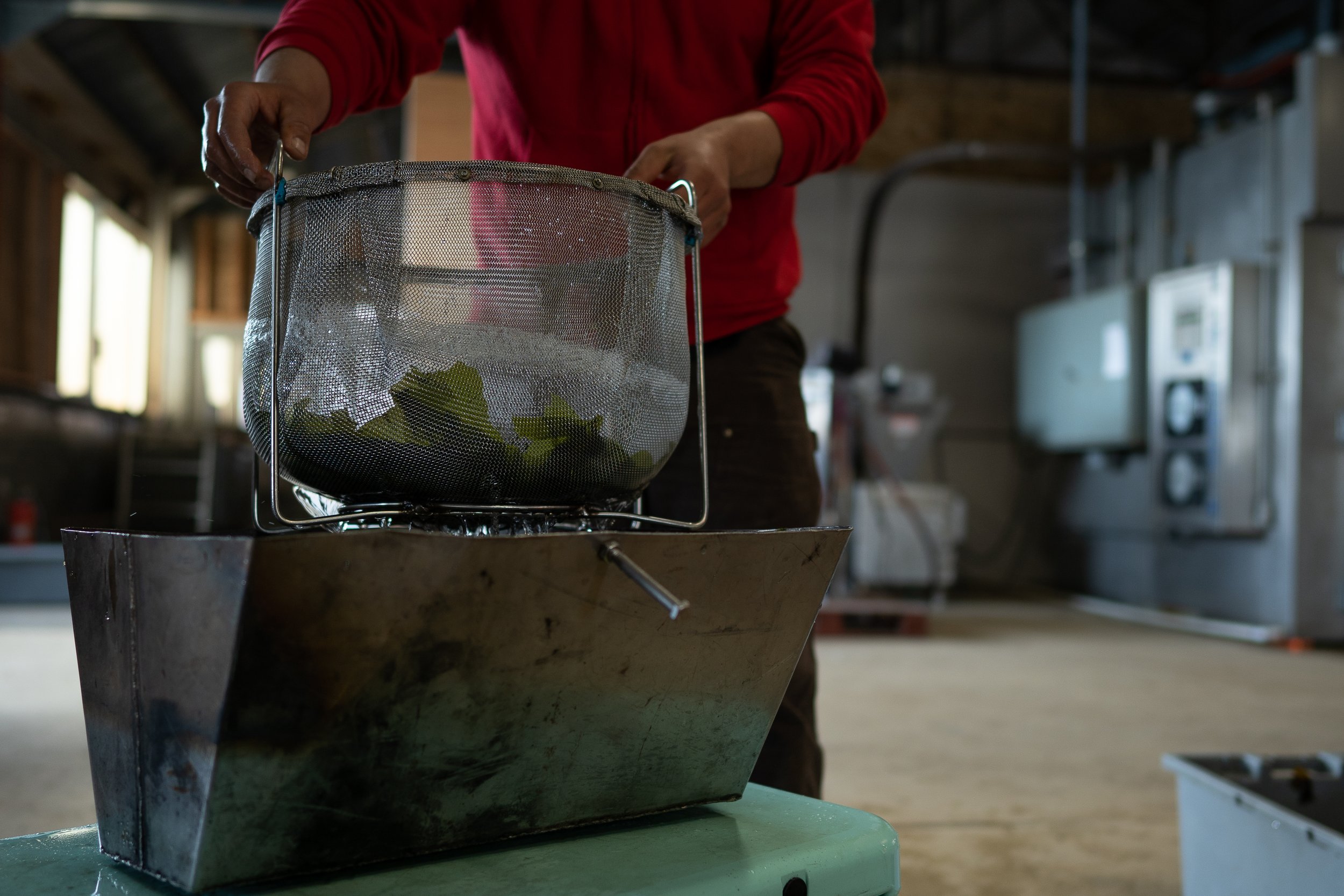
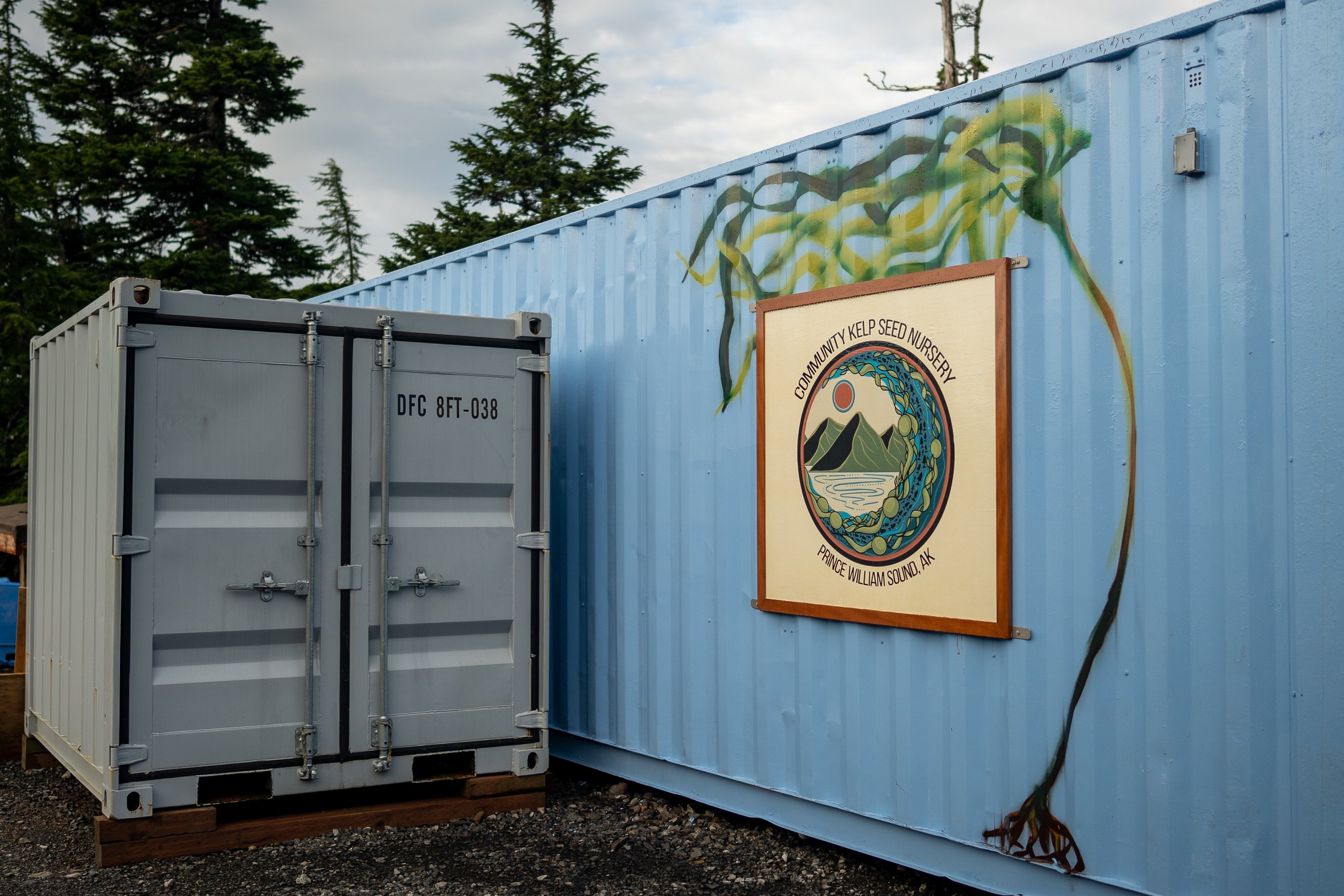
INTERVIEW WITH AYŞE GÜRSÖZ BY NEHAA BIMAL
IMAGES BY AYŞE GÜRSÖZ
Portrait of Ayşe Gürsöz by Rudi T. Cruz
Photographer, storyteller and multimedia artist, Ayşe Gürsöz is one of the five recipients of our 2022 Revolutionary Storyteller Grant. Over the past four years, Ayşe has been working closely alongside members of Native Conservancy, the very first Native-led, Native-owned land trust in the United States.
She has been documenting the organization’s work in strengthening Indigenous food sovereignty and cultural revitalization in Cordova, Alaska, especially through their Oceanback initiative that provides regenerative kelp farming training for Alaska Native communities. This initiative continues to help Indigenous people and farmers be the rightful stakeholders of their ancestral waters.
Photographers Without Borders had the opportunity to speak with Ayşe on her collaboration with Native Conservancy and her project, “Healing Our Waters With Kelp: Indigenous Futurist Solutions for Mother Earth.”
Can you tell us how your collaboration with Native Conservancy began?
My collaboration with Native Conservancy began in May 2020 when they launched their Indigenous Kelp initiative. As a photographer and filmmaker, I’m careful to never insert myself into places and movements, so I go where I’m invited through my network. In this case with Native Conservancy, I was invited in through the connections I grew through my volunteer work with groups like Indigenous Environmental Network. As a storyteller, I believe in moving at the speed of trust, an expression that for me implies centering relationships, striving for meaningful collaboration, and leading with humility. Through my experience working with grassroots movements, I’ve so often seen examples of what not to do. Parachuting in, prioritizing quick turnarounds, focusing on sensationalism, carving narratives to suit your own goals –– these are recipes for extractive storytelling that are often unhelpful and even damaging to movements and communities.
In this next stage of storytelling with Native Conservancy, we’re hoping to phase up and utilize Native Conservancy’s Ocean Farmer Immersion & Training Experience to also offer training on filmmaking and storytelling. This way, there would be an up and coming group of Native filmmakers to tell Native Conservancy’s story and the story of Native-led kelp farming locally.
Native Conservancy’s team spots ribbon kelp and collects some samples to test propagation for their kelp farm.
What are some lessons on sustainability and conservation you’ve learned over the years from Alaskan natives and members of Native Conservancy?
As a water and land protector, Native Conservancy Founder and President Dune Lankard has taught me to dream big, be bold, and begin taking action today. I’ve learned that with perseverance, the right people and right circumstances come up at the right time to scale up, but it takes a bold vision. I’ve been grateful to witness his ability to build community around the need to counteract the climate crisis we’re in.
"Our approach to finding solutions is holistic and rooted in our traditional values,” says Dune Lankard. It is not just about re-molding the current dysfunctional systems that perpetuate social and economic inequities. It is about reimagining what a just and fair economy can and should be. That is why I founded Native Conservancy and why my current work is focused on a regenerative and equitable sovereignty model.”
Your work is focused on the protection of Mother Earth, human rights, and environmental justice. How does this project fit in with that theme?
At its core, Native Conservancy’s Indigenous-led kelp initiative is about putting land and ocean conservation and revitalization back into the hands of Indigenous people, and that’s a win-win for everyone on Mother Earth. 80% of the world’s remaining biodiversity is protected and taken care of by Indigenous communities today, even though they represent 5% of the global population. There are two forces at play. Landback is a widespread Indigenous conservation movement and Oceanback is Native Conservancy’s work to reclaim the governance surrounding the ocean, bringing it back under the leadership and protection of Indigenous people.
“Environmental justice addresses environmental injustice. Through hundreds of years of colonization and the destructive industries that come with it, Indigenous people have been at the forefront of experiencing the negative impacts of this injustice which has disenfranchised their livelihoods and lifeways. ”
Land Back flag from NDN Collective in the dining room of the Native Conservancy Cultural Center.
Environmental justice addresses environmental injustice. Through hundreds of years of colonization and the destructive industries that come with it, Indigenous people have been at the forefront of experiencing the negative impacts of this injustice which has disenfranchised their livelihoods and lifeways. Ocean farming or cultivating kelp has the tremendous potential to address climate change as it sequesters up to 20 times more carbon than terrestrial forests. Relocalizing blue and green jobs, this initiative is bringing Native Alaskans back at the helm through securing Indigenous peoples’ food sovereignty, food security and economic independence.
“In July, the United Nations Secretary-General said we are no longer in a time of global warming. This is ‘global boiling.’ We have to work radically and resource movements that rematriate land and oceans back into Indigenous leadership because all of our livelihoods, including that of generations to come, are at stake.”
Sugar kelp from Native Conservancy's first kelp harvest.
Why is it important to support the work of Indigenous-led organizations like Native Conservancy?
In July, the United Nations Secretary-General said we are no longer in a time of global warming. This is ‘global boiling.’ We have to work radically and resource movements that rematriate land and oceans back into Indigenous leadership because all of our livelihoods, including that of generations to come, are at stake. Instead of just looking at silver bullet, technological advancements as the solution, I think we need to also look at supporting grassroots and social movements as the keys to addressing the biggest issues of our time. By PWB supporting these kinds of initiatives and storytellers, we’re able to resource these movements that are protecting sacred places. I am appreciative of the opportunity and I’m excited to see the stories that are to emerge from the Revolutionary Storyteller Grant.
A view of Sheridan Glacier from above.
This story was created with the support of Aesop and our Revolutionary Storyteller Grant. Take action and support Native Conservancy’s OceanBack initiative, which aims to teach Indigenous people to become kelp farmers.
Quotes have been edited for accuracy and concision.










